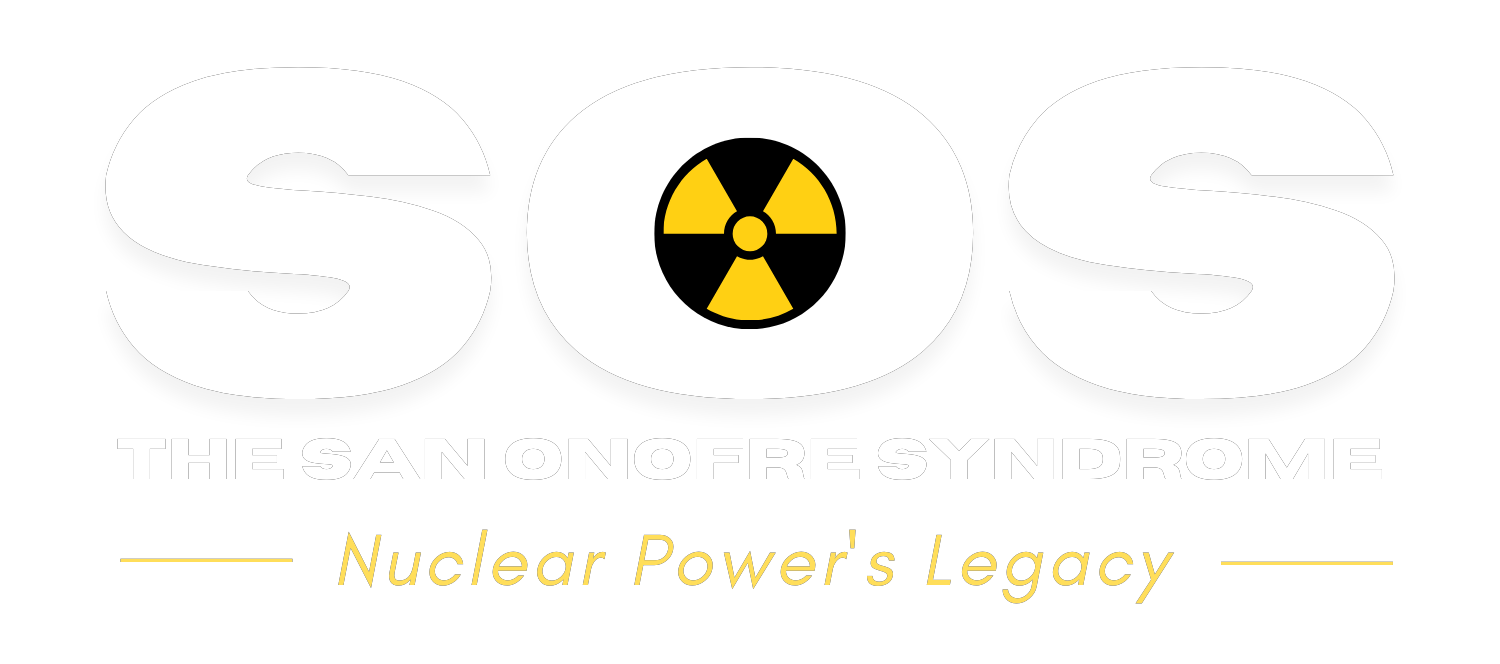The arrow is pointing up
By Ken Petersen, NuclearNewswire
Published on Wed, Mar 13, 2024, 8:10AM
There have been significant changes in the outlook for the existing U.S. nuclear fleet in the last few years. In 2021, we were looking at the early closure of units and could not even think of license extension. Since then, the combination of the U.S. government recognizing the clean-air benefits of nuclear and the impact of the war in Ukraine has resulted in a lot of positive activity on Capitol Hill for nuclear.
Several pieces of legislation have been passed in support of nuclear as law- and policymakers have recognized the important role nuclear power can play in achieving the nation’s clean-air goals. New legislation also is supporting reducing reliance on Russia for uranium enrichment by supporting the domestic production of high-assay low-enriched uranium (HALEU).
The Civil Nuclear Credit (CNC) Program, which was part of the 2021 Infrastructure Investment and Jobs Act, included $6 billion to prevent premature retirement of existing zero-carbon nuclear plants. On January 17, the Department of Energy awarded Diablo Canyon $1.1 billion from the CNC Program to support continued operations of the plant.
In 2022, the United States further supported nuclear plants by passing the Inflation Reduction Act. This bill contained several important provisions:
Up to $15 per megawatt-hour in production tax credits for nuclear power.
An investment tax credit.
Initial funding of $700 million for the HALEU Availability Program.
Potential clean hydrogen production tax credits.
The production tax credit has supported the unregulated fleet. There is no longer a need to work with individual states every couple of years to keep the plants running. Unregulated plants now have a floor they can work with to keep operating. This part of the bill also enables life extensions for the plants—and several units are going after license extensions.
On top of that, the investment tax credit has resulted in several units going for power uprates. This is a huge change from where the fleet was at the end of 2021. The Inflation Reduction Act is helping the future small modular reactor fleet by way of supporting domestic HALEU production.
The DOE released a request for proposals (RFP) for deconversion of the fuel in November, and an RFP for HALEU enrichment in early January. With HALEU production in the United States, we will be able to fuel our advanced reactors without reliance on Russia. This funding is needed so that enrichers will commit to building out their facilities before the demand from the SMRs materializes. Having the capability to produce HALEU also helps SMR companies sell their reactors.
While the hydrogen production tax credit should apply to the existing nuclear fleet, the proposed rules provided by the Department of the Treasury would exclude them. Hopefully, the final version will enable existing plants to take advantage of this potentially huge benefit.
The direct result of these policies is that the current fleet is in much better shape. Plants are not looking at shutting down early but are extending their lives and uprating. Now all eyes are focused on deploying a new generation of advanced reactors. This will be a much bigger challenge—but it is one I am sure we collectively can meet.

